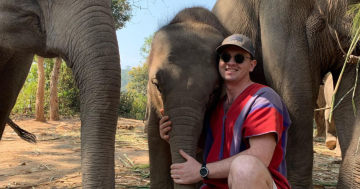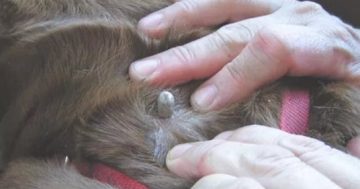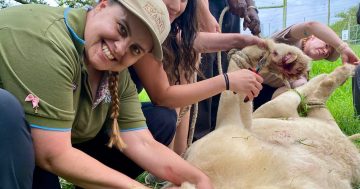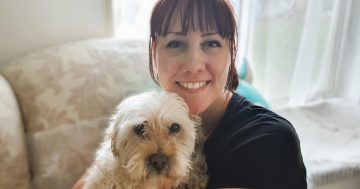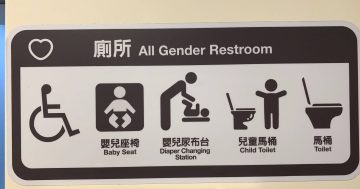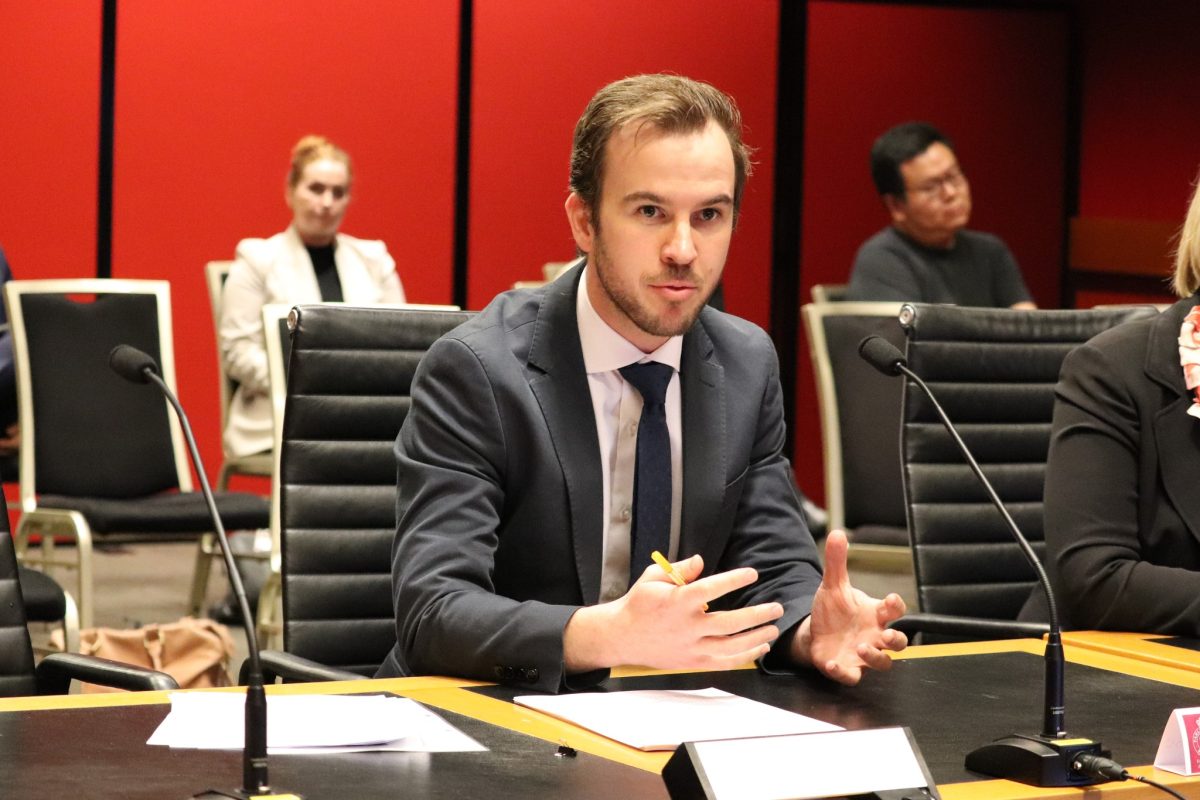
Zachary Lederhose was among those giving evidence about the challenges vets face. Photo: NSW Legislative Council/Facebook.
A regional vet has told a parliamentary inquiry about the struggles veterinarians face balancing the needs of animals with the costs of keeping their practices open.
Australian Veterinary Association (AVA) NSW Division president Zachary Lederhose told the inquiry into veterinary shortages that keeping pet care affordable and offering free services to wildlife and strays while covering the expenses was a challenge.
He said a subsidised care model that would ensure quality care for animals, keep vet care affordable for owners and allow vets to recoup at least some of the associated costs should be considered.
“I’m not necessarily going to refer someone who has got $100 in their pocket for an MRI that might cost $4500,” Dr Lederhose said.
“We’re trained medically, we’re not trained social workers.
“That’s where there’s definitely an avenue for vet social work to play a part, and having that safety net or that underlying funding to support, that is, I think, the answer.”
Dr Lederhose said veterinary hospitals often faced limited or no means of recouping expenses when providing care to homeless animals and wildlife.
“It’s especially true of wildlife, and it gets amplified in emergencies and natural disasters,” he said.
Dr Lederhose said vets already needed to navigate offering treatments and procedures that were affordable for pet owners, especially for those on lower incomes.
In his evidence, Dr Lederhose said animals could have unexpected and emergency care, as well as routine management of conditions that vets must respond to.
“Animals don’t see vets once a year, then they’re healthy for the year,” he said.
“If you have a truck that comes to your town and does vaccinations and maybe desexes the animal and then leaves town, you don’t have a relationship with that vet.
“You don’t have someone you call up or go into [their practice] before it becomes a big issue, which ultimately saves money for the pet owner in the long run.”
During his testimony, Dr Lederhose said vets must cover many expenses before a pet ever arrives in their care, on top of any treatments or procedures an animal requires.
“The costs of care continue to increase,” he said.
“An X-ray machine could cost $50 to $100,000, an ultrasound [machine] the same, lab work, blood machines, not to mention the cost of staff.
“The market does have a lot of different forces that are pressing in on these vet practice owners, and then those vet practice owners have to pass those costs on.”
However, Dr Lederhose said some vets were increasing their working hours or offering discounts, rather than raising their prices for pet owners.
“That’s because all of the free work that they’re expected to do isn’t currently being supported,” he said.
Dr Lederhose was joined by Drs Cristy Secombe and Robyn Whitaker, who hold positions in the AVA. Among the other issues discussed were the pressures and complexities vets face from a lifestyle perspective.
Dr Secombe gave evidence about the importance of access to childcare, particularly for vets working in regional and remote areas.
She said it was a key factor in workforce retention.
“Not being able to access childcare means you can’t work – full stop,” she said.
“Having access to services increases flexibility for veterinary workers and flexibility is what the veterinary profession really wants, we’ve heard that time and time again.”
Dr Lederhose said the issue was even turning vets away from the profession.
“We’re in a regional centre [Goulburn] and that’s true for myself, my staff and people at other practices as well,” he said.
“I’ve got a young son and I’d like to be able to take time off, but we currently don’t have a guaranteed place for childcare and we might not find out about that until January or February next year.
“What it does is it breaks up those early and mid-career vets from their career development, and their professional development, which means they go, ‘Well, maybe being a vet isn’t for me because it doesn’t fit around what I can do’.
“Looking at ways we can support vets to continue their career, even if they’re not working that full-time load, is really key, and childcare is a key part of that.”
The AVA also provided the inquiry with a written submission, which can be accessed online alongside the other statements.
Original Article published by Claire Sams on About Regional.







